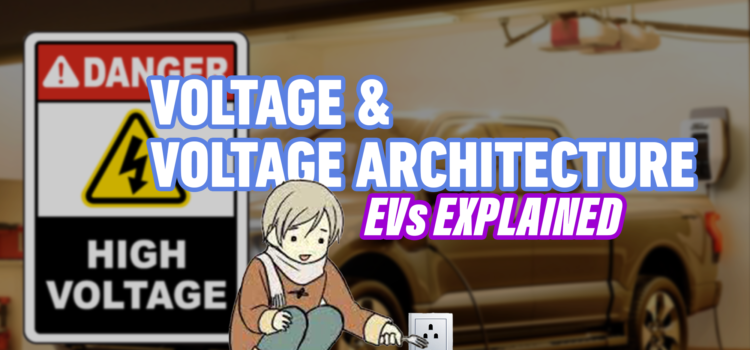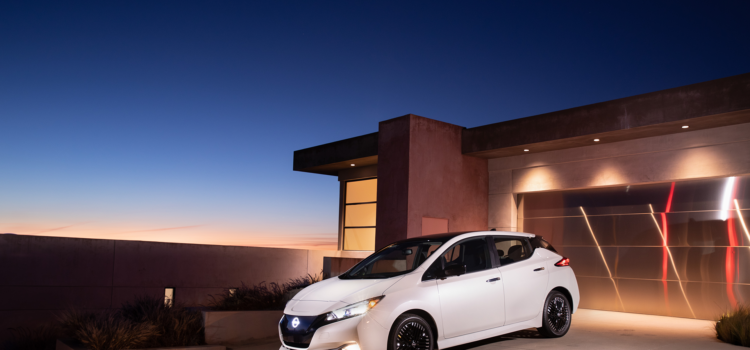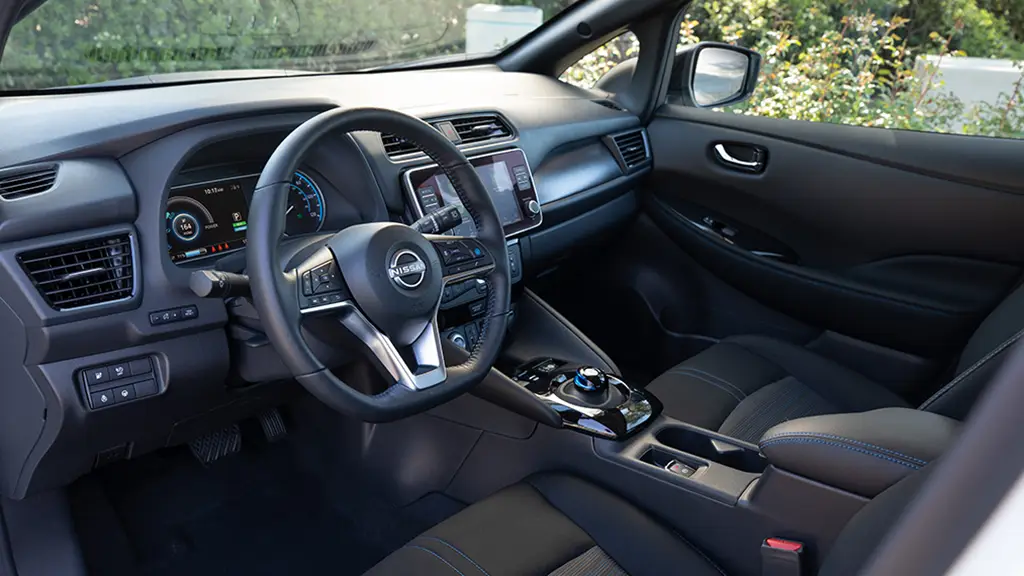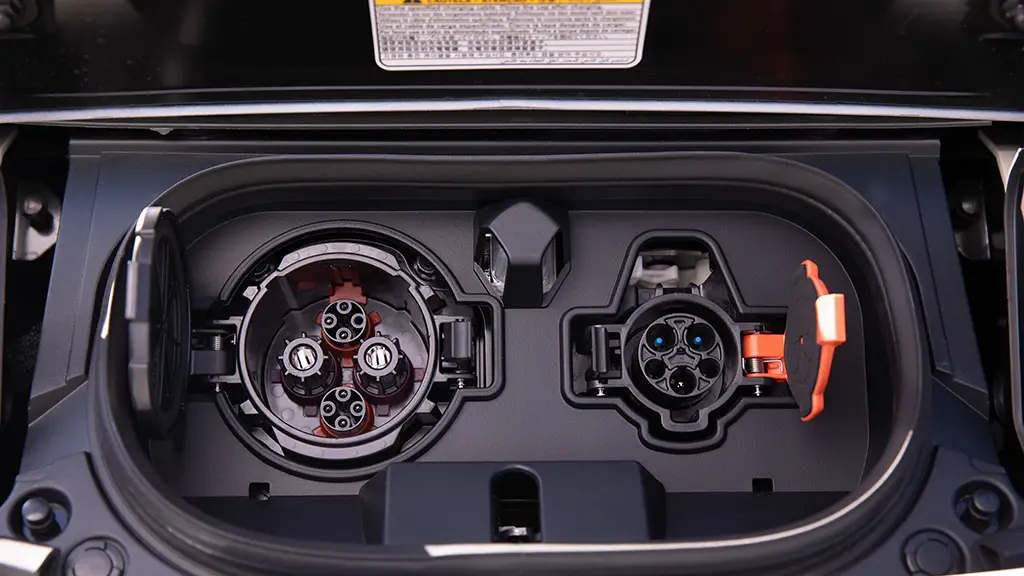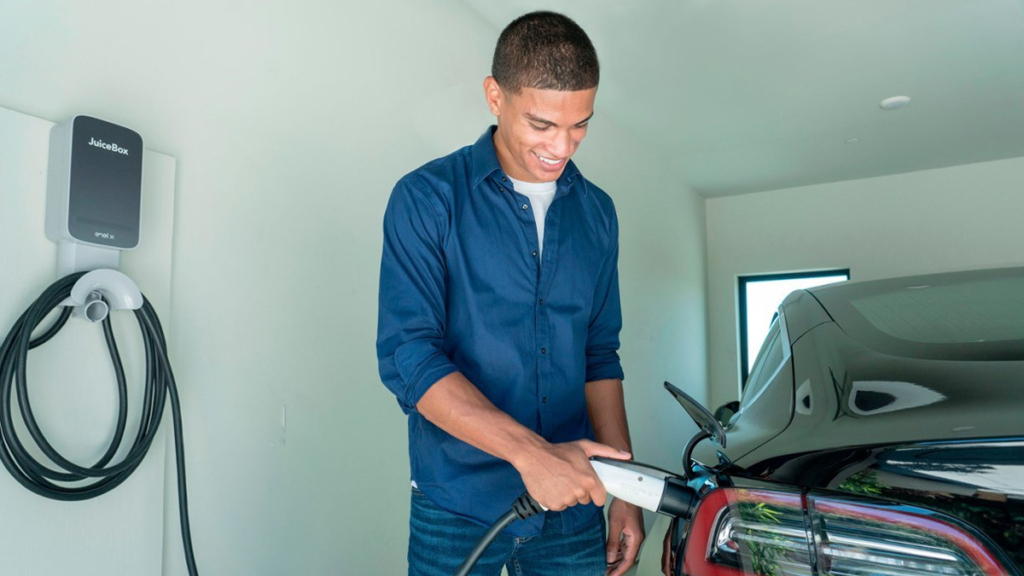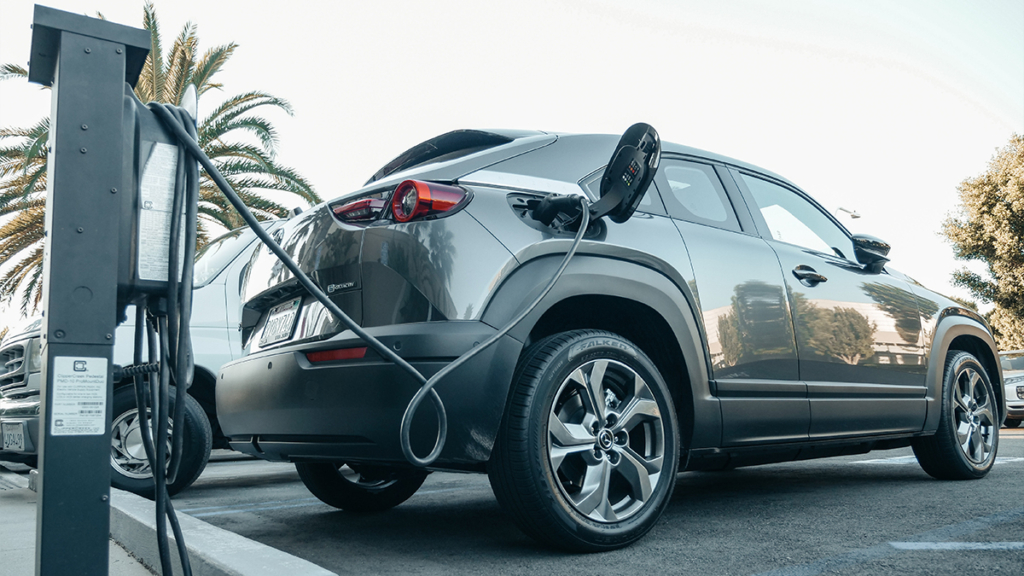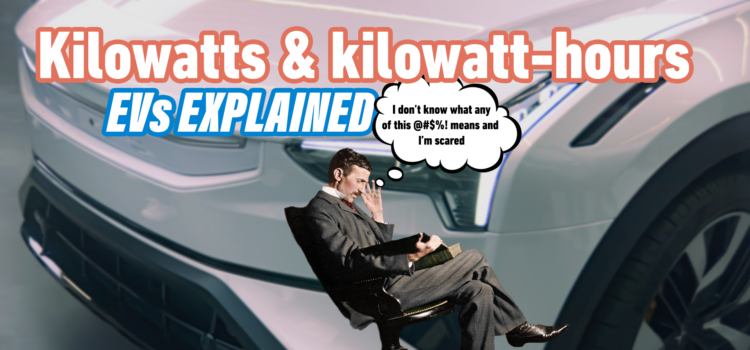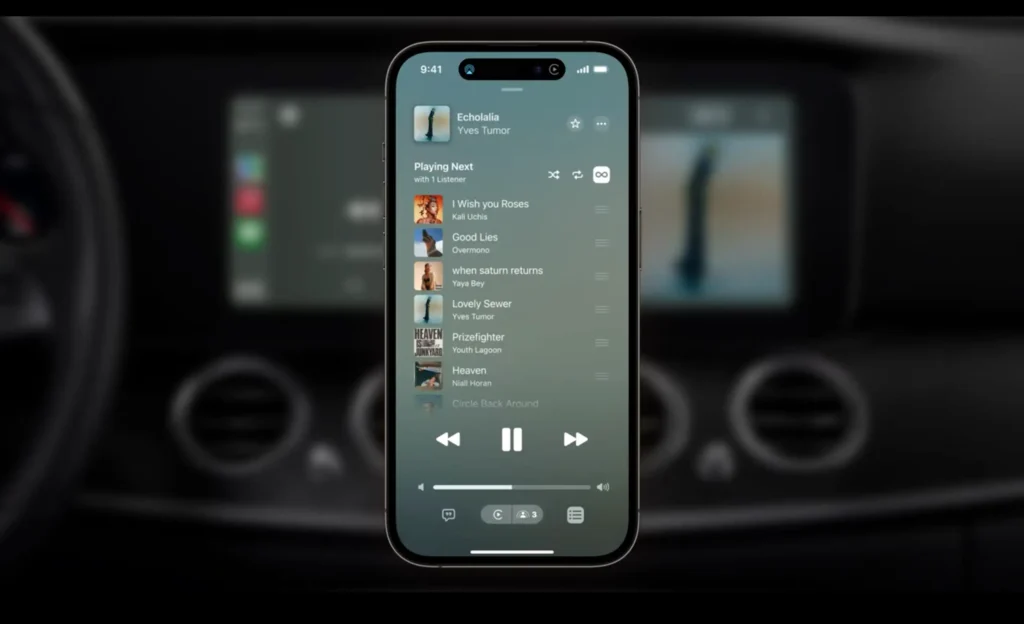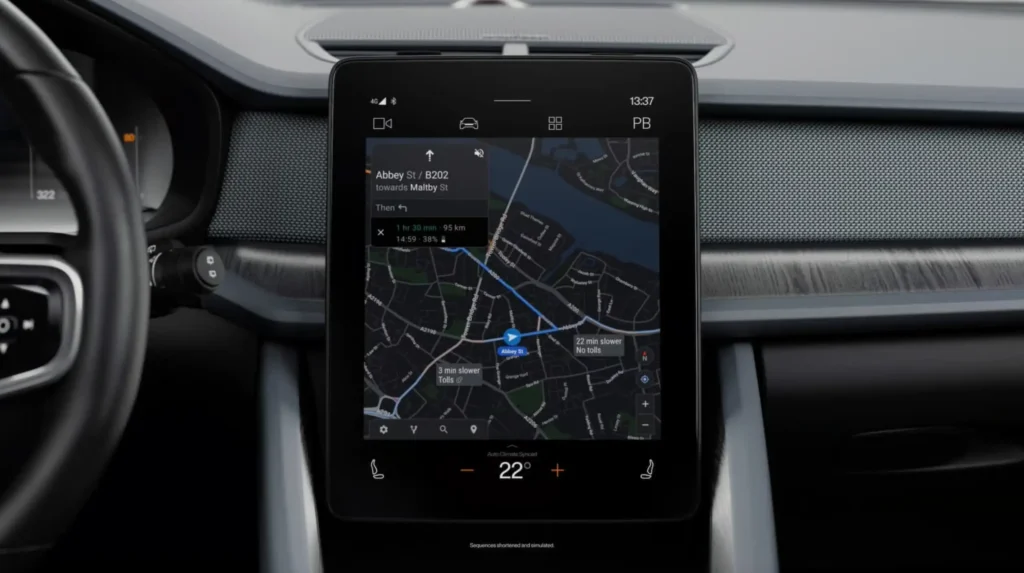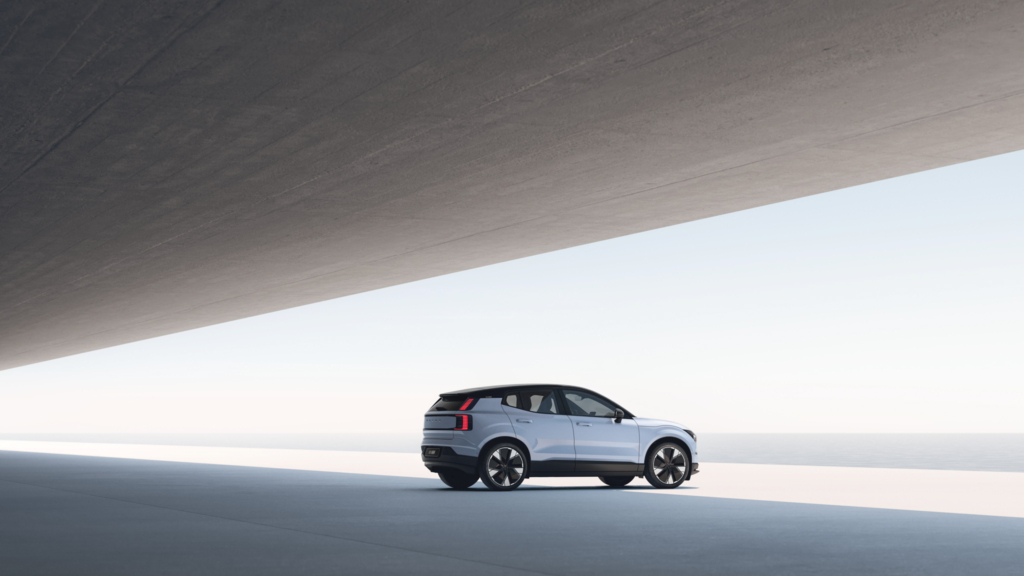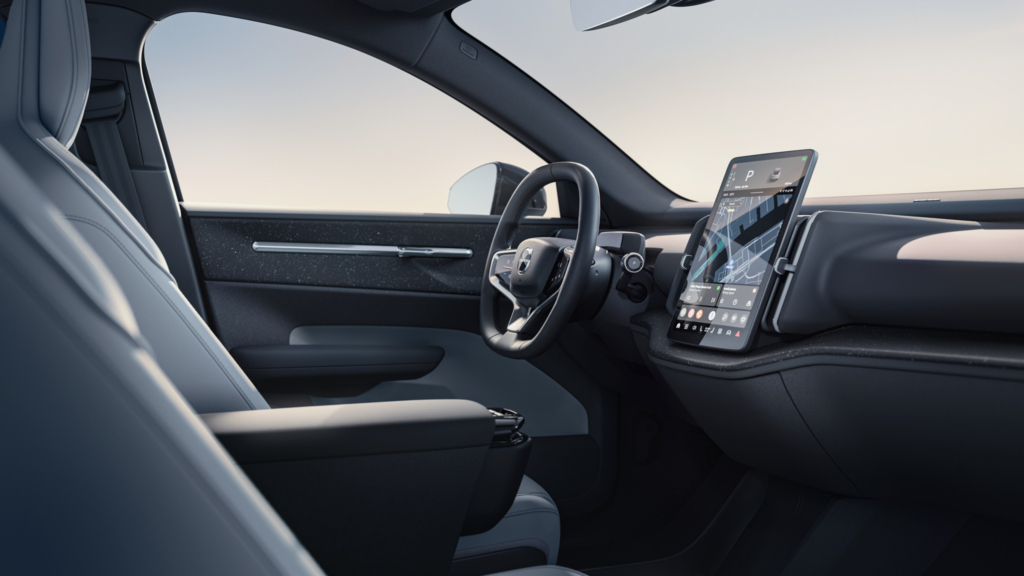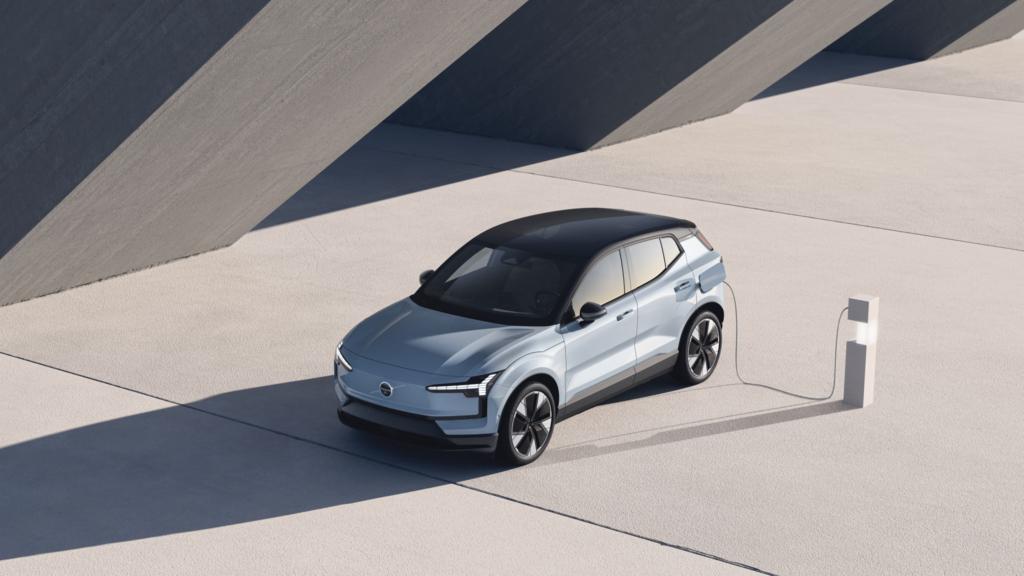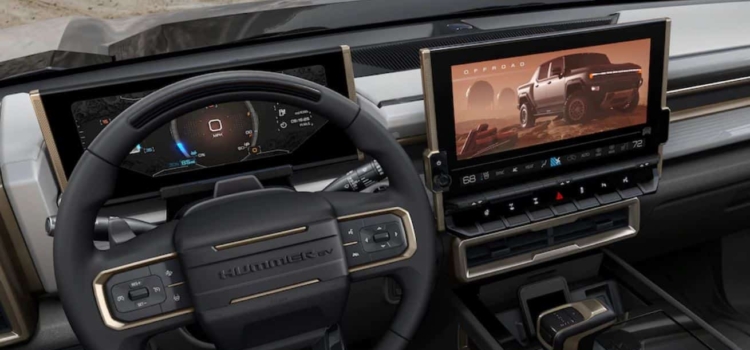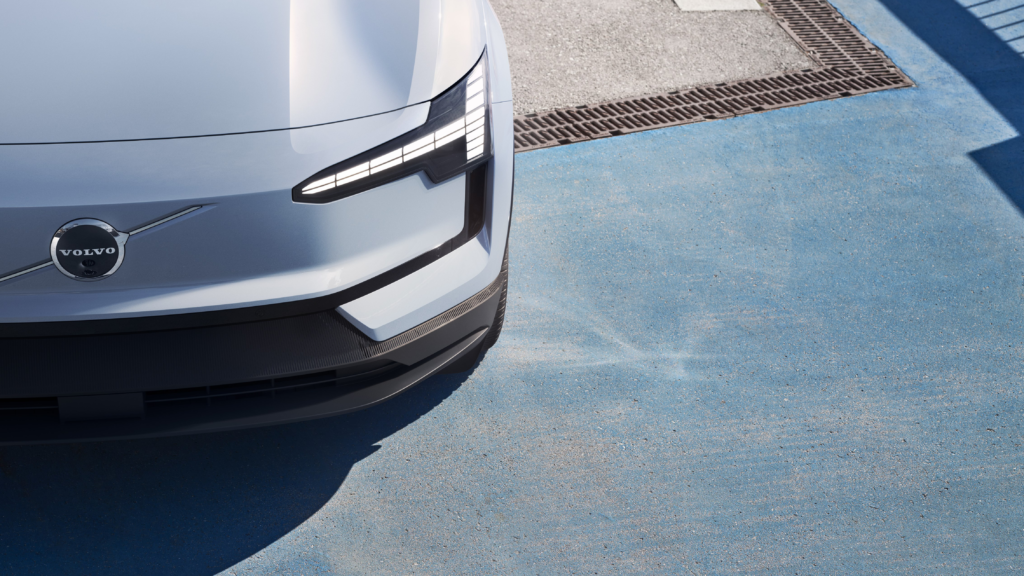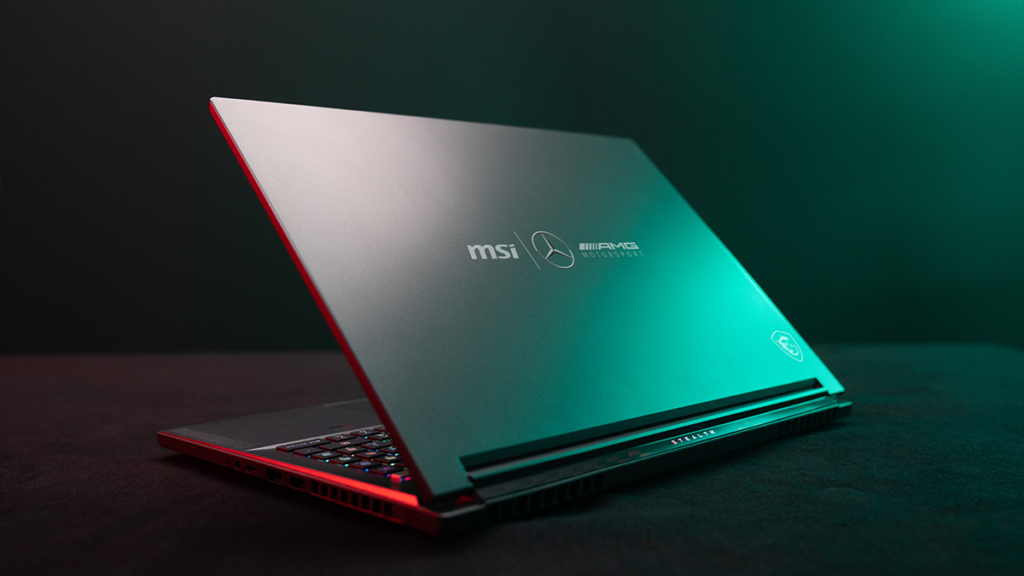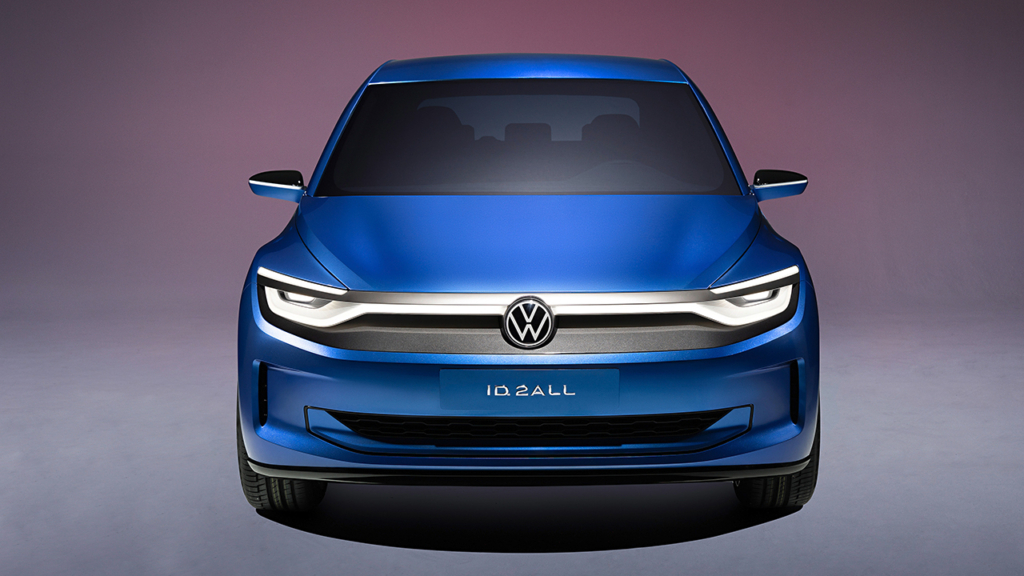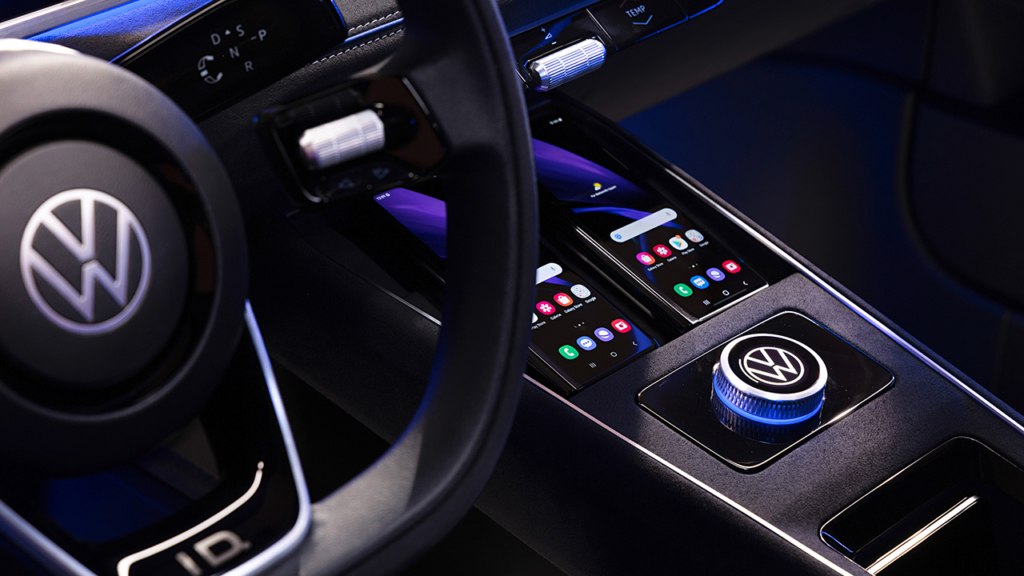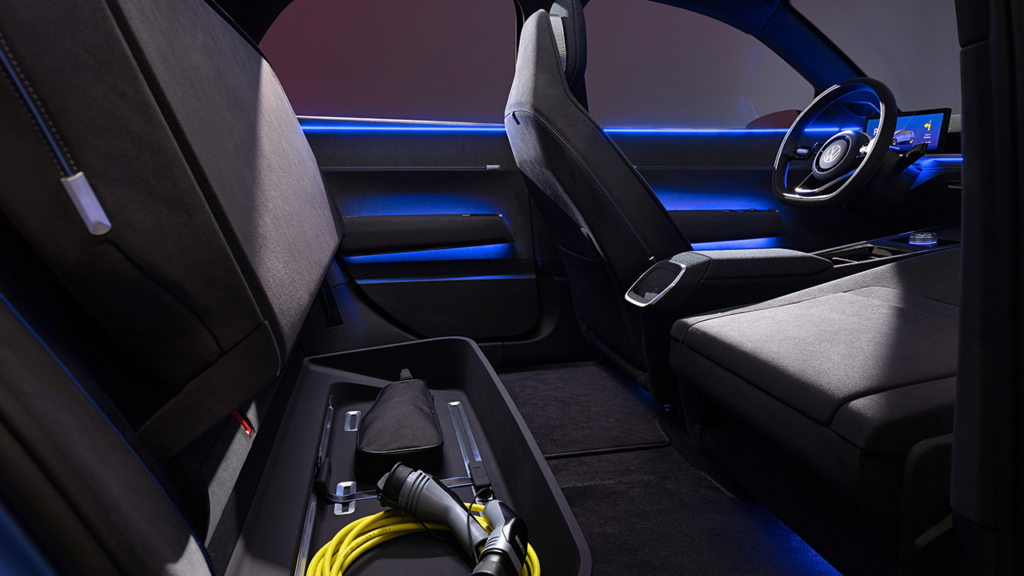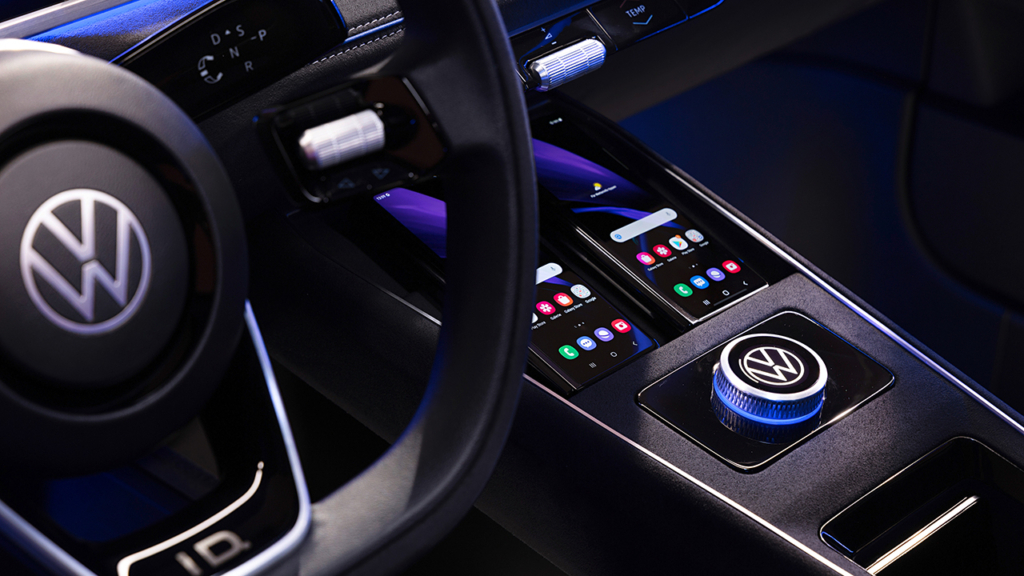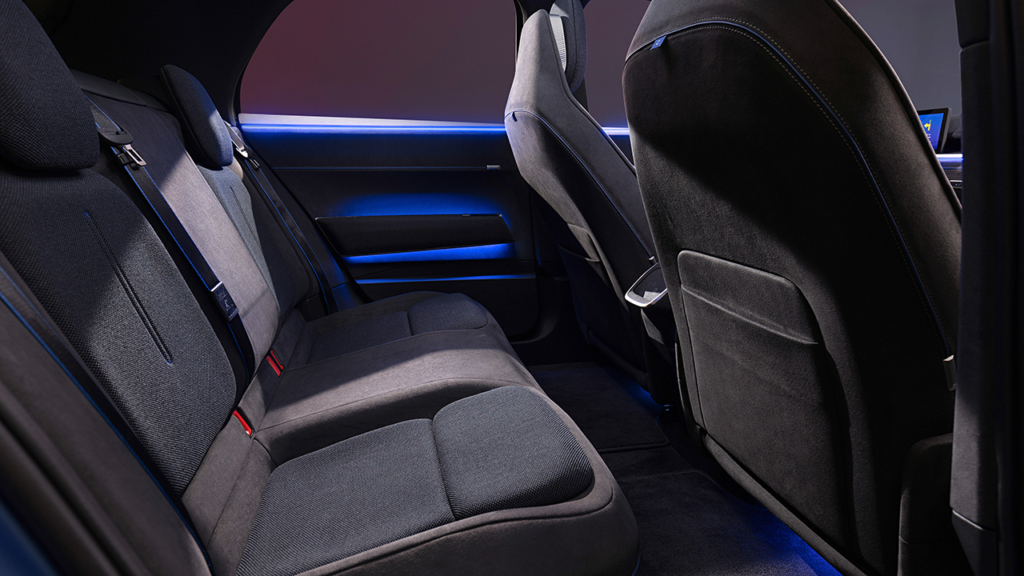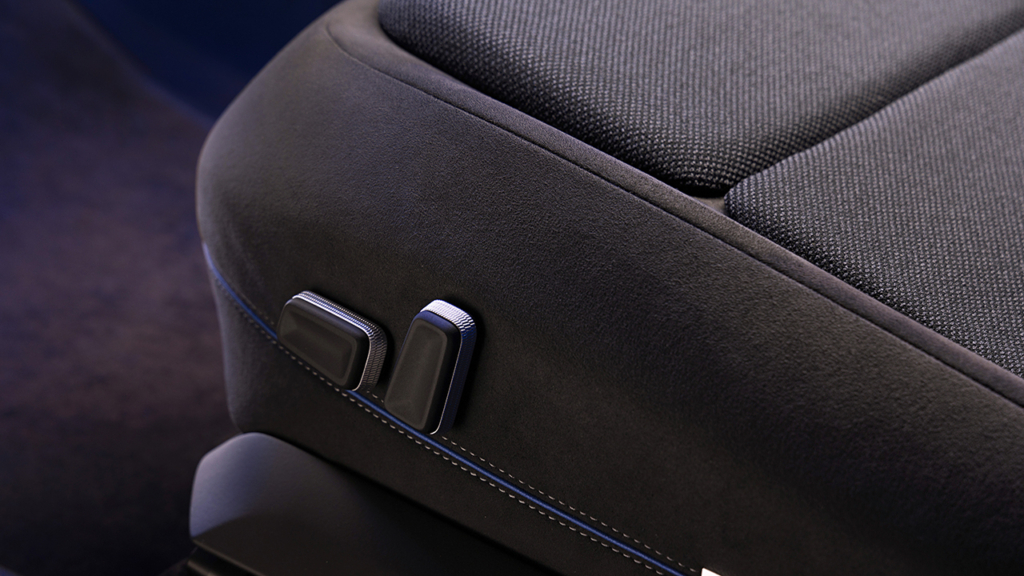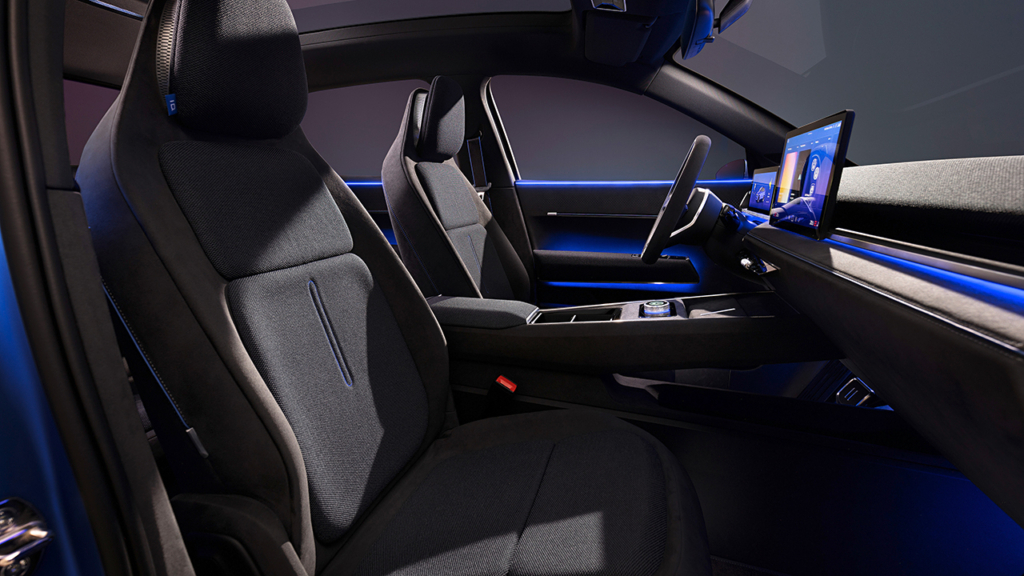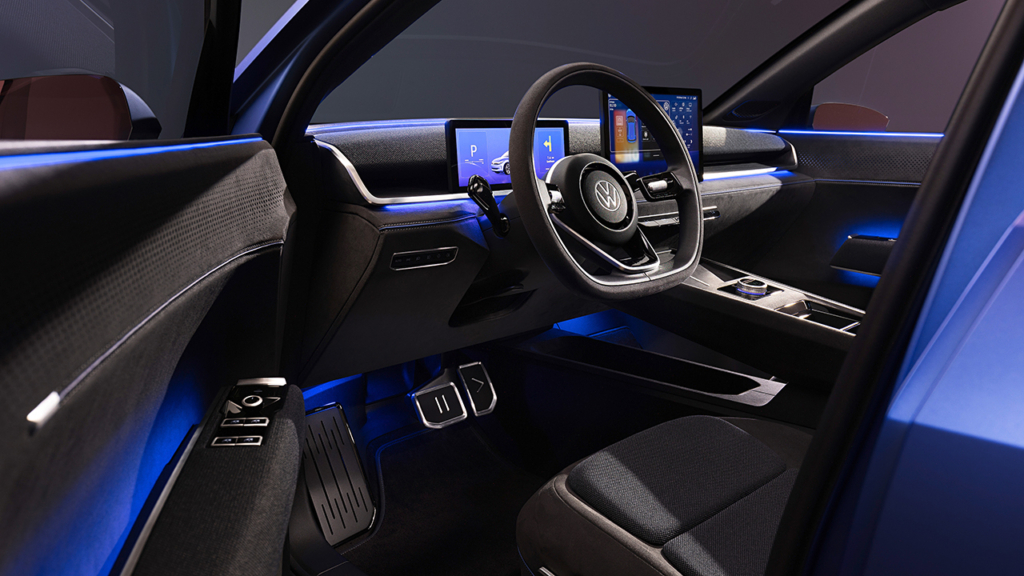EVs Explained: Voltage architecture, the first say in electrified motoring performance
Welcome back! Do you remember our previous discussion on the roles of kilowatts and kilowatt-hours in relation to EV batteries and performance? Well, that was just one piece of the puzzle. Lots of factors come into play when determining how an electric car ticks. So, in today’s segment of EVs Explained, we shift our focus towards battery packs and how the flow of energy they produce greatly influences charging, range, and more.
Today, EVs Explained is all about volts and voltage architecture!
If you’ve ever felt a tad bit confused by the constant references to voltage when it comes to EVs, you’re not alone. Voltage talk is everywhere—from the AA batteries in Logitech controllers, accessory batteries in conventional cars, to the sockets powering your household appliances. If volts didn’t mean jack, they wouldn’t be so ubiquitous on every little press release or warning label.
It turns out that it’s a lot more than just a fancy word for scaring me out of sticking a fork in a socket. So buckle up because this will be quite the joyride through miles of technical speak and science mumbo jumbo.

Voltage basics: What are volts anyway?
Voltage (V) is the “electrical potential difference,” or the force that propels electrons. It is not a measure of outright power—that’s a watt—nor does it measure the volume or rate of electrons moving in a current, as amps are what do that. More on current later. It can be tricky to get the three straight and I’m sure a few of you have heard the terms used interchangeably as often as I have.
To clarify, below is a diagram for those of us whose brains are so smooth that sentences just slide right off.

The voltage of a system determines its overall performance. If a car battery is dying, causing the systems to undervolt, it will fail to deliver electricity effectively, leading to a notable decline in functionality. Lights may flicker or dim, and certain components may fail to operate or at least work slowly or intermittently. A dead or dying battery may cause your starter to crank slowly or not at all.
However, pour a little Four Loko and some electrolyte powder into the battery (satire, for the love of God, please do not attempt) and get it to overvolt, the opposite will happen. This will potentially harm systems that can’t handle the surge. While not always the case in complex systems like cars, Ohm’s law generally dictates that current increases with voltage. This resulting overcurrent can cause the most problems. Wires, bulbs, and circuit boards can burn out, start fires, or—better yet—give your friends a comical zap.
Insert funny clips of that one electrical engineer on YouTube here. That’ll get the point across and hopefully clear any murkiness.
Whether they’re EVs or internal combustion vehicles, most cars have a litany of safety devices, such as fuses, peppered throughout to ensure such things never happen—unless you’re in my friend’s modified E36 M3 that got a bit toasty on the Las Vegas Strip. Get well soon, little fella.

Voltage architecture: What it means for performance
Enter voltage architecture, the voltage rating of an electric car’s battery pack. For instance, just as a lead-acid car battery is rated at 12V or a AA battery is rated at 1.5V, electric car batteries will be similarly classified as 400V or 800V.
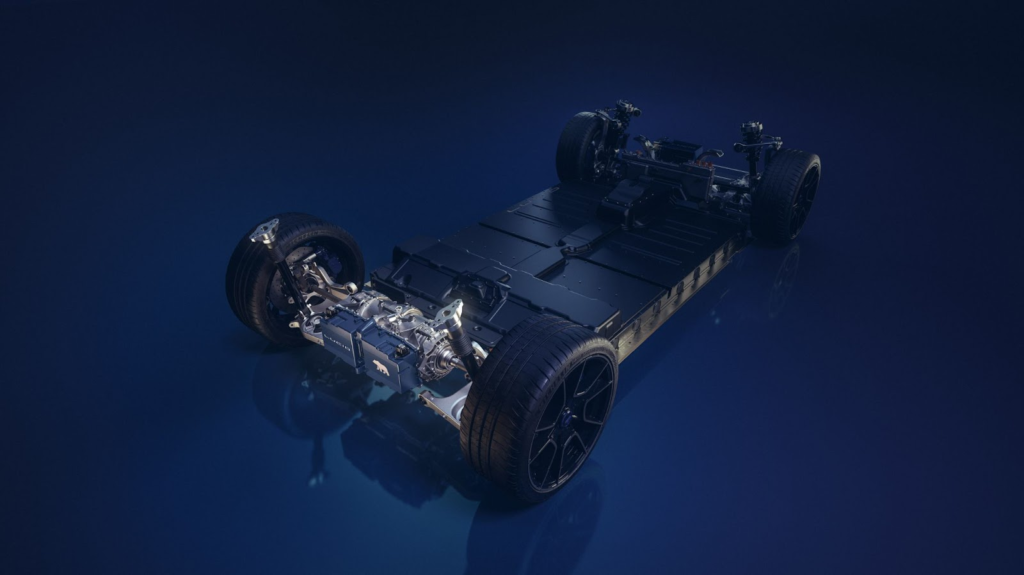
For a long time, EVs trotted along with 400V architectures—which has become a broad, “kinda-sorta” umbrella term since not every car operates at exactly 400V. The Model S Plaid, for instance, rocks a 400V architecture, while the OG Roadster ran off 420V. Jumping brands, older Priuses ran off an estimated 350V while the second-gen Chevrolet Volt used 355V.
Nowadays, 400V has become the gold standard. And by all means, 400 volts sure does sound like a hell of a lot – until the spirit of Ferdinand Porsche enters the group chat.
Porsche Taycan: Revolutionizing EV Charging with 800V Architecture
When coupled with a Porsche fast charger, the Porsche Taycan’s 800V architecture—the first of its kind—yields one of the quickest charge rates in the game. Capable of flowing electrons twice as quickly as a comparable 400V system, a Taycan can get juiced from 10% to 80% in roughly 21 minutes. In comparison, a similarly-specced model S, despite having a higher maximum charging power of 250 kW versus the Taycan Performance Battery’s 225 kW, takes roughly 30 minutes to do the same deed.
Sorry, Elon, looks like Porsche has you beat this time.

Benefits of high-voltage architectures: the more the merrier?
A high-voltage architecture offers more than just speedy charging. Higher voltage yields greater efficiency, paving the way for more power and range without the use of bigger motors or thicker wires. But doesn’t Ohm’s law state that current increases with voltage?
Well, yes. But also no. I encountered a trade forum where a gaggle of electrical engineers fought over their interpretation of Ohm’s law. The research went great, by the way. When the dust settled, we were reminded how we must consider the current draw needed by the loads, such as the motors and accessories, to do their jobs. In reality, the key advantages of 800V architectures are their power density and ability to function at a higher voltage with a lower current, just as power lines do.

Power (watts) is the product of force (volts) multiplied by current (amps). Lower voltage systems need more current draw to create the desired power output. All those electrons colliding with the wires’ internal structures build resistance, creating heat and resulting in potential energy losses. But flip the script and see what happens.
The extra force of a higher-volt system means your EV’s motors don’t have to exert as much current draw to extract the power they need, as they’re effectively force-fed electricity. Not having to draw as much current to make the same (or even more) power keeps resistance and heat generation low, meaning wires can be thinner and electric motors can be smaller with fewer windings than if you were to produce the same power with a 400V architecture. 800V systems can even lead to potential weight savings from slimmed-down componentry, further aiding efficiency and unlocking more range.

Thanks to all these benefits, 800V architectures are increasingly becoming the norm and will pave the way forward for evolving the electric car species. Porsche Taycan and Hyundai Ioniq 6 are prime examples of current adopters. The Rimac Nevera operates with a not-far-off 730V, Lucid stormed onto the scene with a wilder 900V architecture, and Rivian is currently working on its own 800V system.
There’s the bell
Refresher! Voltage is the force that moves electricity. The higher the voltage, the more quickly and forcefully electrons can reach where they need to go. Higher voltage usually means more current, but with EVs, higher voltage is desirable since the receiving loads don’t have to draw as much current from the battery to function. That means less system heat and greater efficiency than the same motors wired to a lower voltage architecture. As a result, 800V architectures are becoming all the rage, with more automakers developing them for their mainstream electric cars.

Phew. That was much more than I thought I’d write, but there you have it. There’s the nerded-out breakdown of what voltage is and how it relates to your neighbor’s Polestar 2 or that Vinfast that you probably already eyeballed and then immediately dismissed. Gritty, I know. But sometimes, it’s just better to dissect new technology and understand the “why” instead of sending drivers off with yet another “it is what it is.”
Easy, right? Well … We’ll get closer with every lesson. One EVs Explained at a time.

